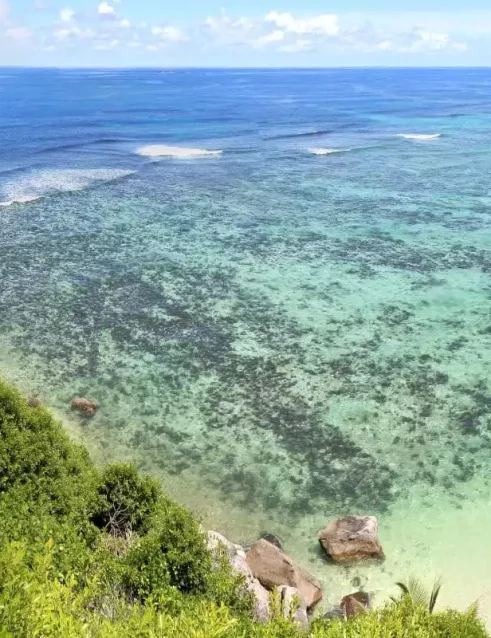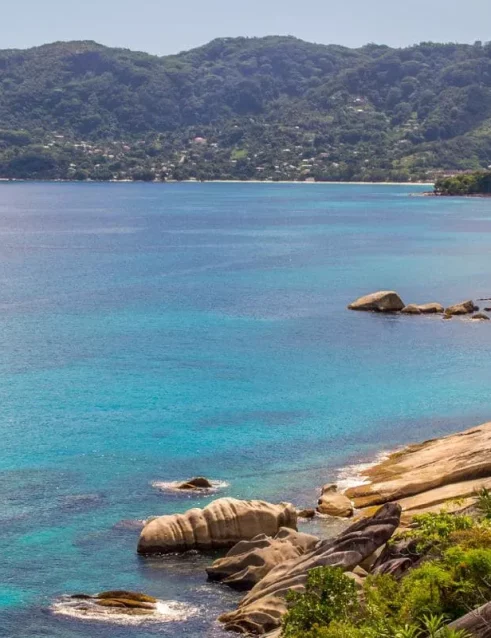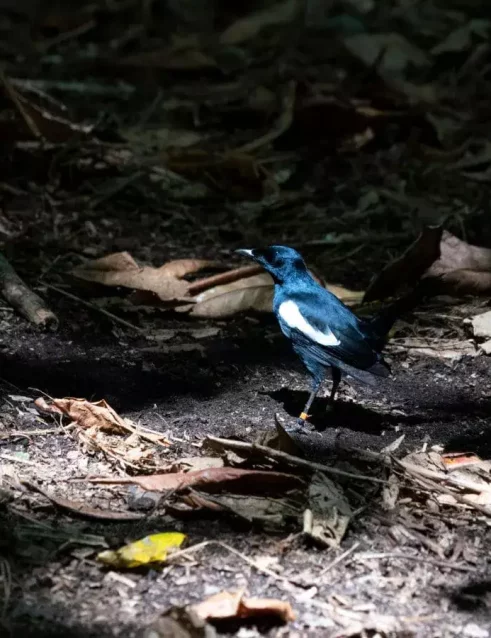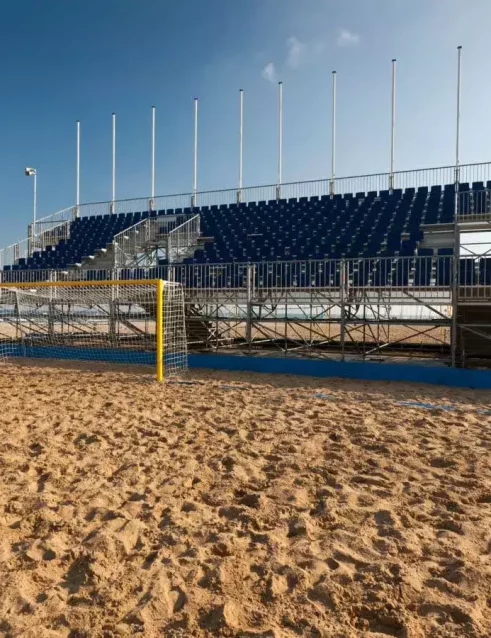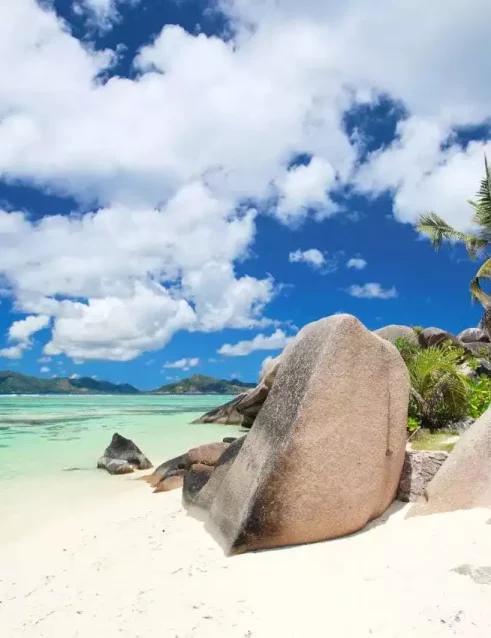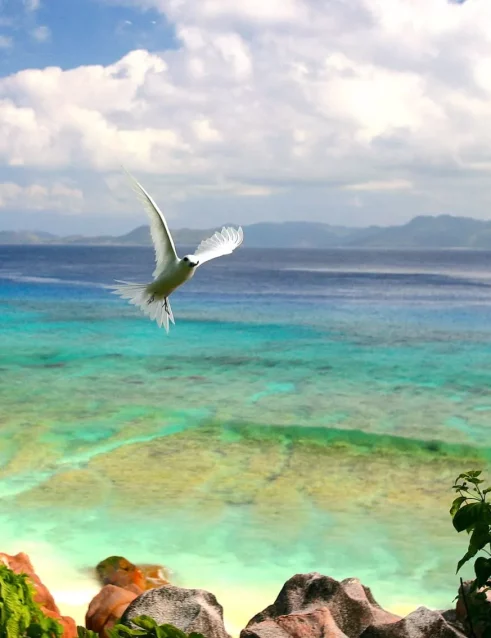Exploring the Stunning National Parks in Seychelles
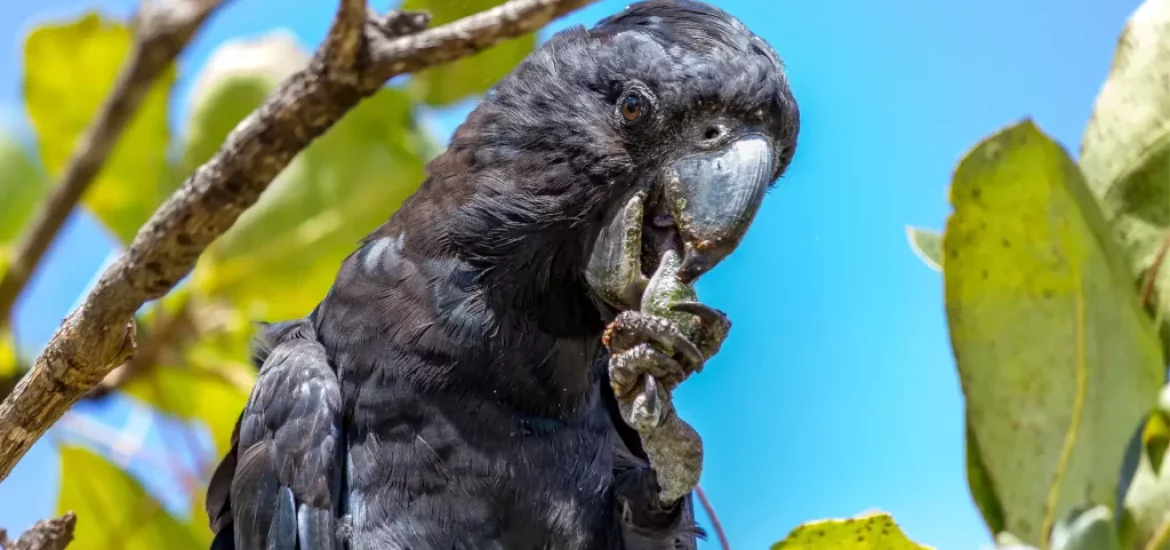
Praslin National Park: A Bird Lover’s Paradise
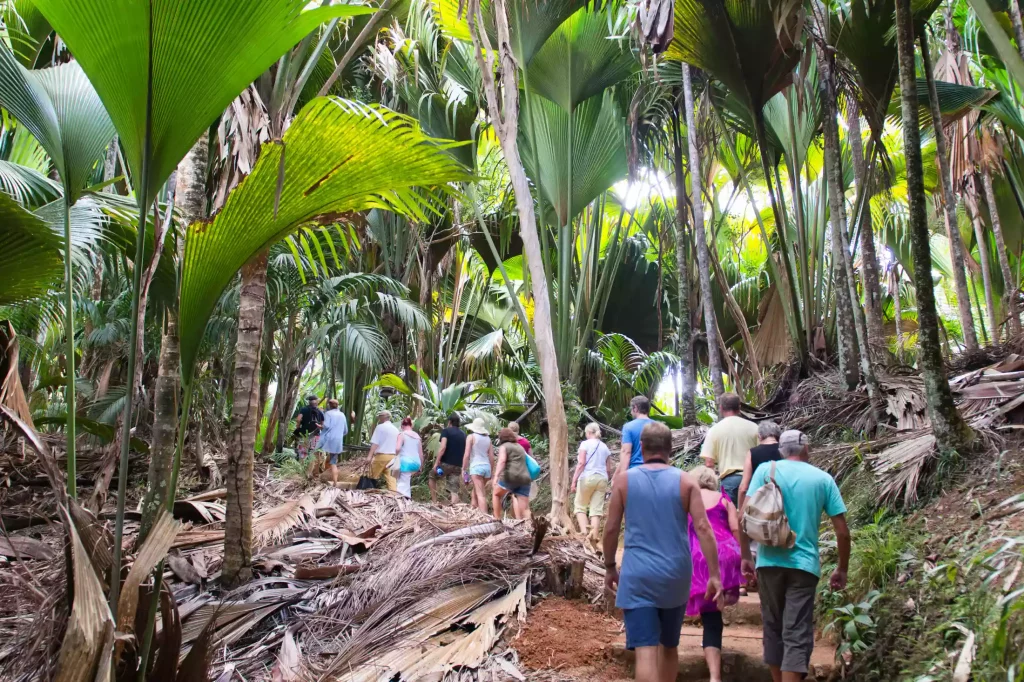
Ramos National Park: Seychelles’ Marine Beauty
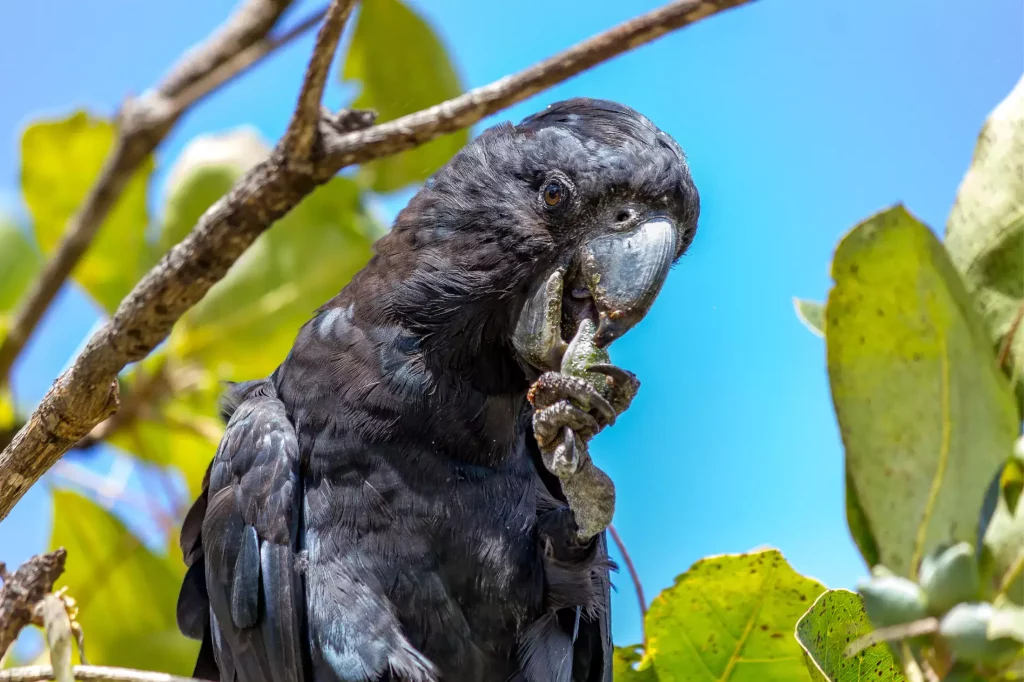
A trip to Félicité island will introduce you to the Ramos National Park another one of National Parks in Seychelles.
Description
Spanning over two-thirds of Félicité island, the Ramos National Park lies within Seychelles’ Marine Protected Area (MPA). Established in 1983, it has been under the stewardship of the Seychelles National Parks Authority.
Curieuse Marine National Park: A Reservoir of Biodiversity
The Enigmatic Curieuse Island
Tucked away in the pristine waters of Seychelles, Curieuse Island was declared the Curieuse Marine National Park in 1979, emphasizing the country’s commitment to conserving its unique biodiversity. Initially, between 1978 and 1982, conservationists embarked on a project to relocate the Aldabra giant tortoise from Aldabra to Curieuse. Today, the island boasts of over 300 Aldabra giant tortoises, making it a primary habitat for these gentle giants.
Natural Splendors
A journey to the southern part of the island reveals a sprawling mangrove swamp, made accessible for visitors through a dedicated walkway. Moreover, the island’s rich flora comprises coco de mer palms, towering takamaka trees, and several plant species native to Curieuse like Porcher, Bois Chandelle, Lalyann dile, Bwa bannann, and Bois Cassant de Bord Mer.
Wildlife Haven
Curieuse is home to numerous bird species, including the rare Seychelles black parrot, which, apart from Praslin, is found only on this island. However, it’s essential to note that although black parrots are spotted here, no breeding is known to occur. Hawksbill turtles also find a safe haven in this marine national park, establishing a significant rookery.
Moreover, Seychelles branch of Global Vision International currently runs a satellite camp on the island. Their primary focus is on the conservation of the island and conducting surveys on local species, including fish, coral, turtles, and the coco de mer.
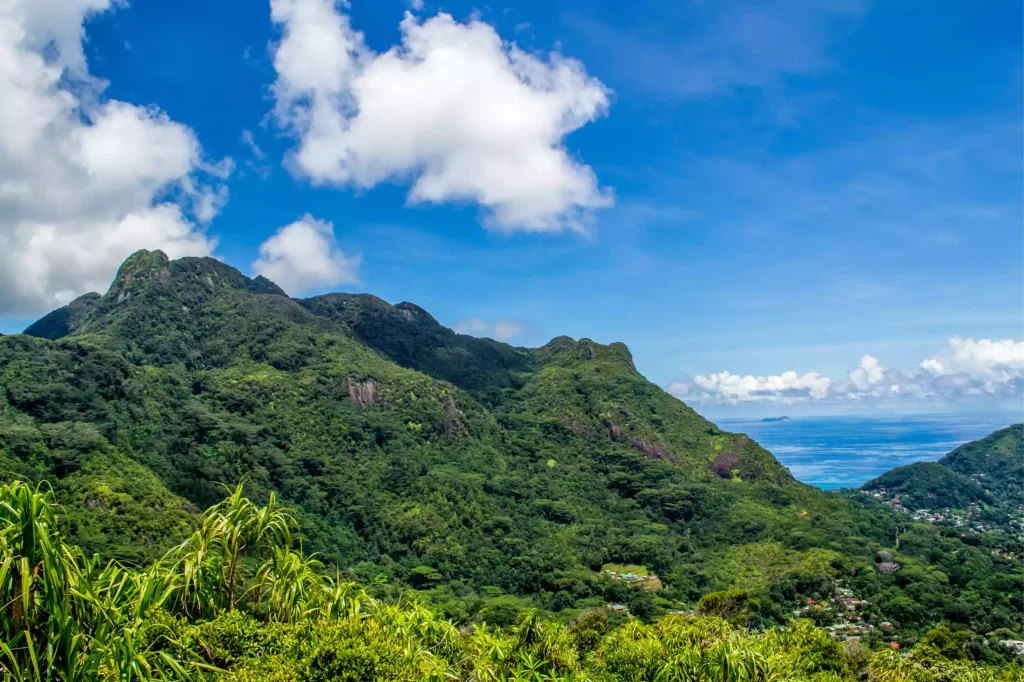
Mahé Highlands: A Soaring Natural Retreat
Majestic Heights of Mahé
Positioned in the central and north-western region of Mahé island, the Mahé highlands and surrounding areas form a vital Important Bird Area (IBA) in the vast expanse of the western Indian Ocean.
Description
This IBA spreads across an area of 4600 ha, roughly 20% of the island. Its vast boundaries encompass the 3045 ha Morne Seychelles National Park, home to Morne Seychellois, Seychelles’ towering peak at 914 m. The park’s history is painted with extensive exploitation of the native forests, primarily for timber and cinnamon plantations during the 19th and early 20th centuries. Today, human activities, including forestry, tourism, and some tea cultivation, affect a mere 10% of this vast area.
Flora and Fauna
The steep terrains within the park are shrouded in dense secondary forest and shrub woodland. At elevations beyond 600 m, one can find remnants of primary forest, standing tall with few exotic intruders. This national treasure houses many endemic species.
Outside the confines of the Morne Seychelles National Park, the IBA extends to the mountainous regions in the south-east, covering the districts of La Misère and Cascade. These areas blend natural beauty with human settlements, featuring orchards, tea plantations, roads, and infrastructure.
BirdLife International recognizes this site for its rich birdlife, including Seychelles kestrels, Seychelles blue pigeons, Seychelles scops owls, and Seychelles sunbirds, among others.
Silhouette Island Marine National Park
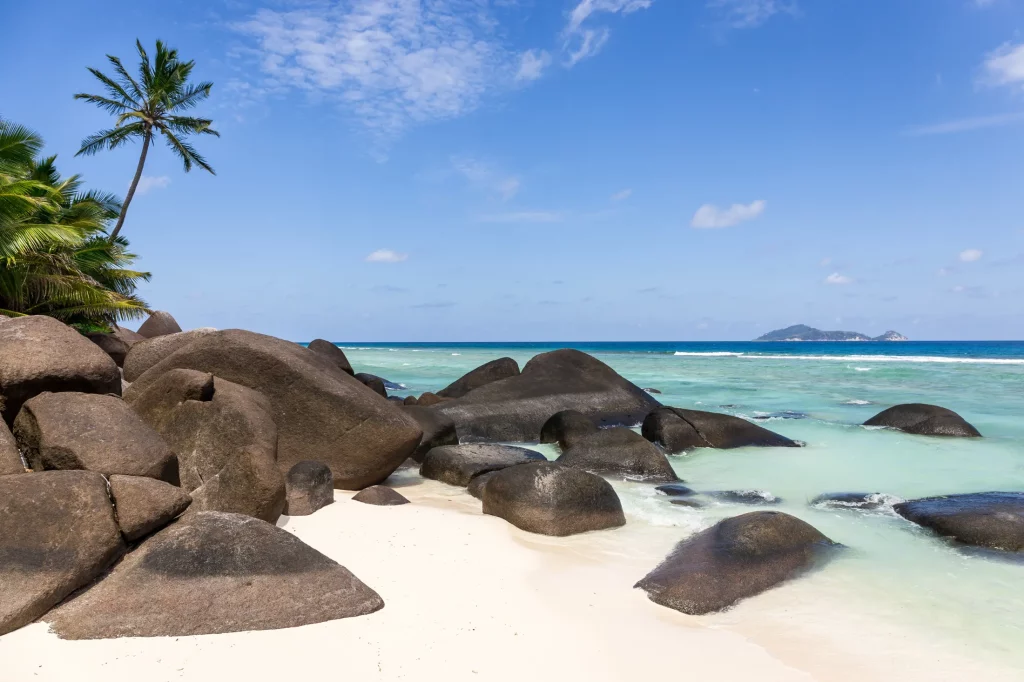
Situated about 20 km northwest of Mahé, Silhouette Island stands out as one of the richest biodiversity points in the western Indian Ocean. Boasting a myriad of endemic and threatened plant and animal species, this national park offers a chance to encounter nature at its finest. One of the notable species is the critically endangered Seychelles sheath-tailed bat, for which two roosting caves have been identified, revealing intricate passages and boulder fields.
Interestingly, in 2005, another roost complex was unearthed, showcasing 32 of these bats. The island is also a paradise for flora enthusiasts. Out of the 75 or so endemic plants found in the granitic islands of Seychelles, the majority are located on Silhouette.
Geographical Wonders
Silhouette Island, the third-largest granitic island in Seychelles, covers an area of 20.1 km2 and houses about 200 inhabitants. The island’s terrain is a sight to behold, marked by five towering peaks exceeding 500 m in elevation. Of these, Mont Dauban is the tallest, standing at 751 m. The picturesque landscape is accentuated by younger syenite formations, estimated to be 63 million years old. A unique feature is the surface volcanic ash located between Point Ramasse Tout and Point Zeng Zeng, the only one of its kind in Seychelles.
Sainte Anne Marine National Park
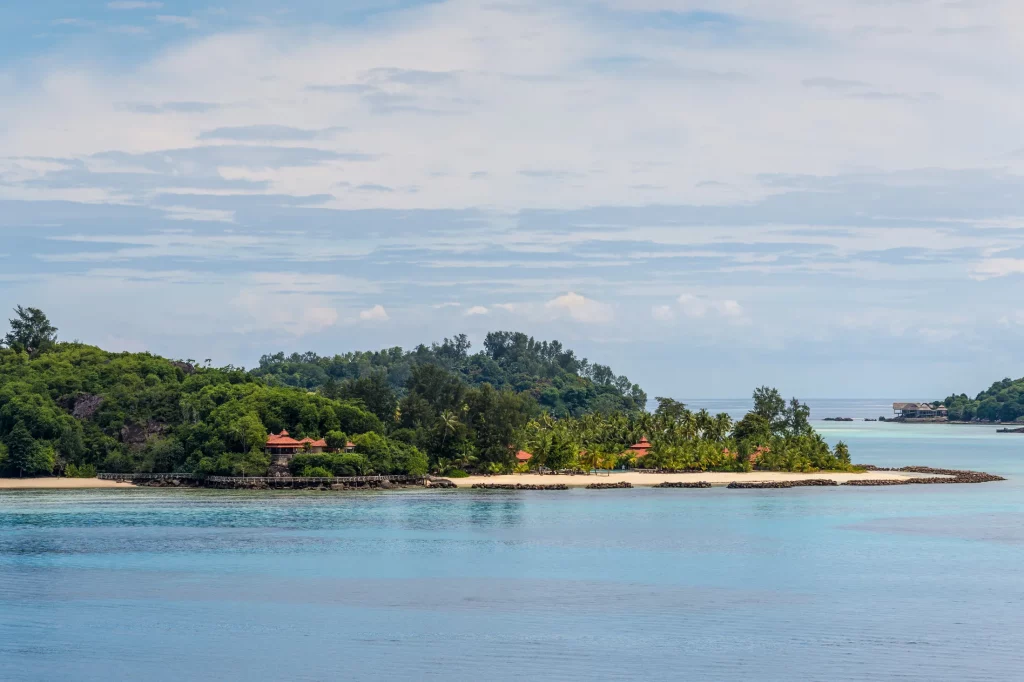
A mere 5 km away from Victoria, the bustling capital city of Seychelles, lies the enchanting Sainte Anne Marine National Park. This national park in Seychelles, envelops eight smaller islands, and has a rich history to its name.
Historical Highlights
Established in 1973, this marine park holds the honor of being the first of its kind in the Indian Ocean, aiming to conserve its diverse wildlife. Fishing and water-skiing activities are strictly prohibited to ensure minimal disruption to the delicate marine life.
Tourist Attractions
Today, these islands have metamorphosed into some of the Indian Ocean’s premier tourist destinations. Dive enthusiasts can explore the vibrant coral gardens, mingle with the colorful tropical fish, and even spot the majestic reef sharks. One can also witness one of Seychelles’ largest “seagrass meadows”. Local operators curate day-trip packages, offering a taste of everything the Marine Park has to offer.
In totality, the land area of the Marine National Park’s islands amounts to 3.887 km², with the entire marine expanse covering 14.43 km².
Conclusion
National Parks in Seychelles, both terrestrial and marine, embody the essence of the islands, a harmonious blend of mesmerizing landscapes and unrivaled biodiversity. Each park, from the bird-rich forests of Praslin to the marine sanctuaries like Ramos and Sainte Anne, holds a unique story, a testament to the country’s unwavering commitment to environmental preservation. While the beaches may draw many to Seychelles, it’s the heartbeats of these protected areas that truly encapsulate its soul.




